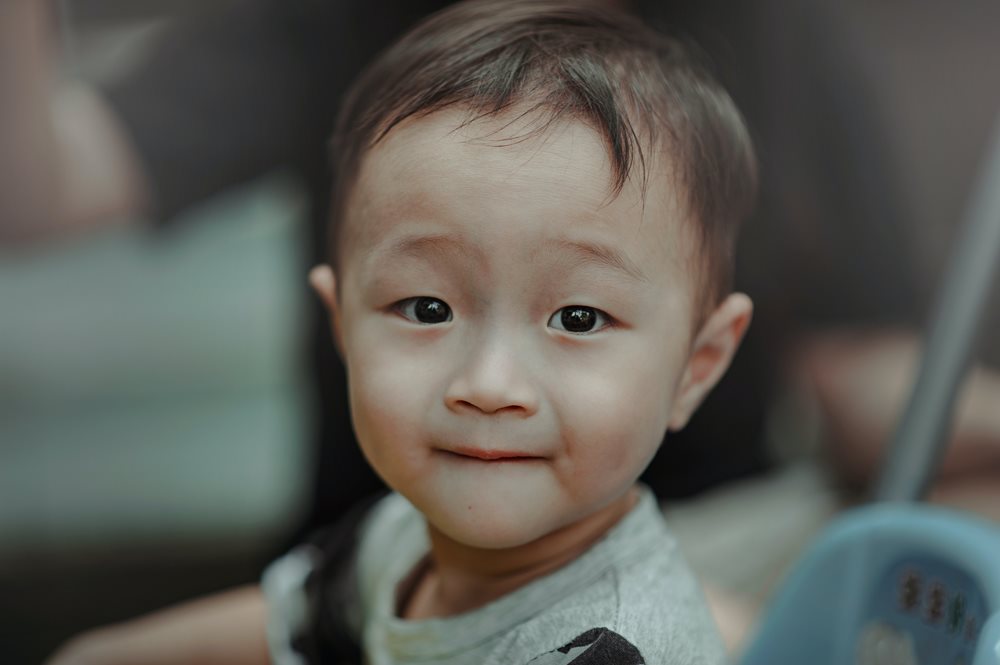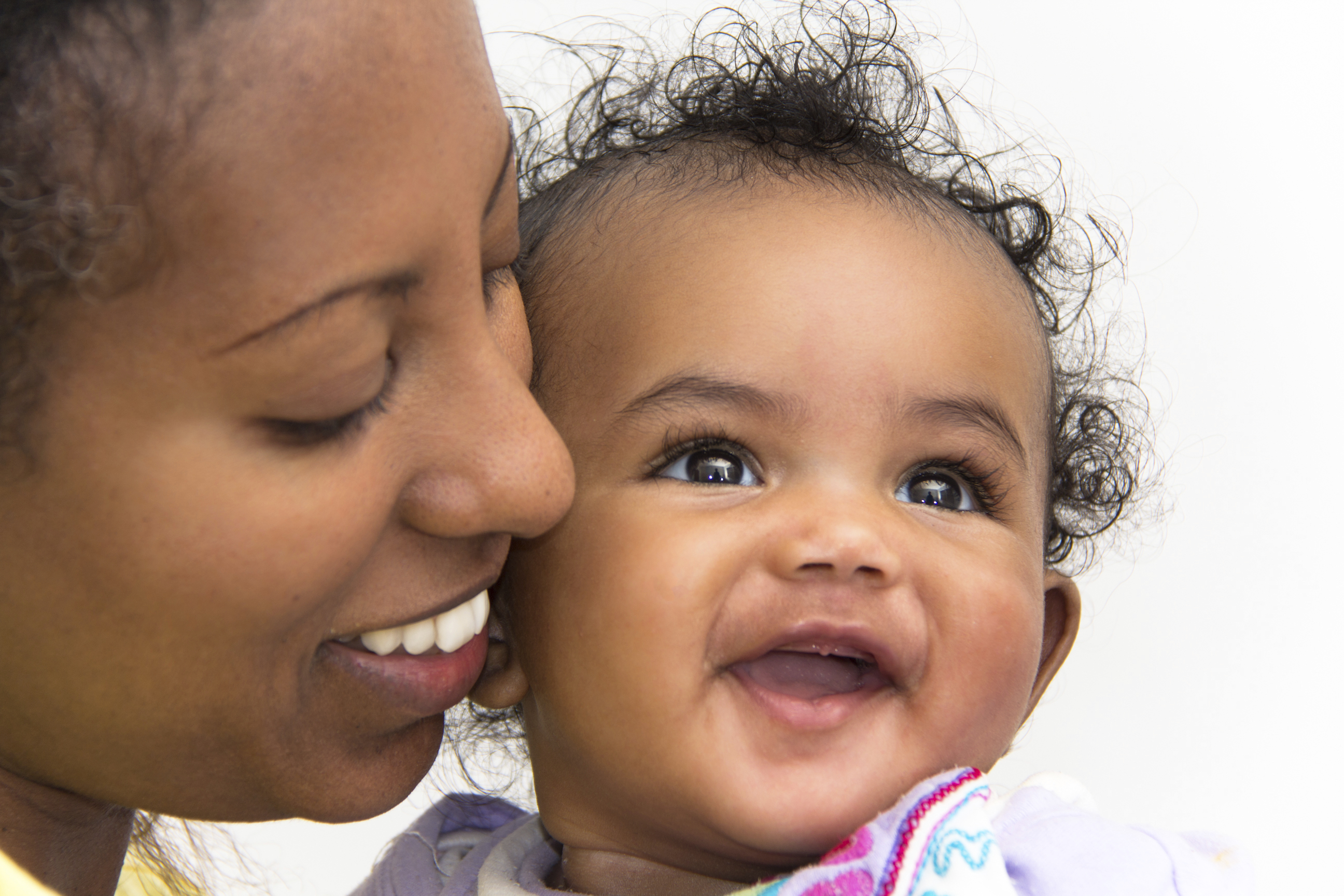Infant Vision Exam
 From birth, babies begin exploring the wonders in the world with their eyes. Even before they learn to reach and grab with their hands or crawl and sit-up, their eyes provide information and stimulation important for their development.
From birth, babies begin exploring the wonders in the world with their eyes. Even before they learn to reach and grab with their hands or crawl and sit-up, their eyes provide information and stimulation important for their development.
Healthy eyes and good vision play a critical role in how infants and children learn to see. Eye and vision problems in infants can cause developmental delays. It is important to detect conditions early to ensure babies have the opportunity to develop the visual abilities they need to grow and learn.
Parents should take these important steps:
- Watch for problems like inward or outward turning eyes or significant delays in tracking moving objects. Bring them to your optometrist’s attention.
- Get infant/child eye screenings as recommended to catch any vision problems early.
The American Optometric Association (AOA) encourages parents to include a trip to the optometrist in the list of well-baby check-ups. Exams at six to 12 months of age can determine healthy development of vision. Early detection of eye conditions is the best way to ensure your child has healthy vision for successful development, now and in the future.
 Why Does Your Infant Need an Eye Exam?
Why Does Your Infant Need an Eye Exam?
Even the most perceptive parents have a hard time judging how good their own child’s vision seems. Having an eye exam is much more involved than reading the letters of the eye chart, and babies don’t communicate much at all except when they are hungry and tired. A pediatric optometrist can evaluate your child’s vision without your child saying a word. Infants and young children need eye exams because those with problems that may go undetected can be addressed before they turn into something that cannot be fixed.
What Happens During an Exam?
An infant eye examination is similar to that performed on adults. However, it is simplified a bit. An eye exam by Pediatric Eye Specialist will check for:
- Significant amounts of farsightedness, nearsightedness, or astigmatism
- Eye muscle and binocular problems such as strabismus (crossed eyes)
- All causes of lazy eye: droopy eyelid, difference in eyeglass prescriptions between eyes
- Eye disease including the presence of congenital cataracts, retinal disorders, and tumors
The eye doctor will evaluate the baby’s medical history, vision, eye muscles, and eye structures. The doctor will observe how the baby focuses, and whether or not both eyes are working together as a team. It is common for babies to not obtain full-time binocularity (both eyes working together) until four to six months of age. Your doctor will assess this carefully to make sure both eyes fall within normal ranges.
 Although a baby can’t provide any input at this age, the eye doctor can perform several tests that will provide information about the child’s sight.
Although a baby can’t provide any input at this age, the eye doctor can perform several tests that will provide information about the child’s sight.
- The eye doctor assesses the baby’s vision. Does the infant react to light shone in the eyes? Will the baby look at a face or follow a moving toy? Other, more sophisticated vision tests may be used if needed.
- The eye doctor temporarily dilates the pupils with dilating drops. The eye doctor will use an instrument to test the baby’s eyes for refractive error, such as nearsightedness, farsightedness or astigmatism without the infant or child saying a word. A baby can wear glasses if needed. Special eyeglasses are designed to fit very small faces.
- The eye doctor uses a lighted instrument with a magnifying glass (ophthalmoscope) to look inside the baby's eyes. With the use of an ophthalmoscope, the doctor will be able to assess the overall health of the baby's eyes and detect any early signs of trouble.
The right treatment and care for your child’s vision is crucial to their development. Untreated impairments can lead to many issues involved in learning and permanent eye damage. Schedule your infant’s eye exam at The Eye Institute Pediatric and Binocular Vision Service at 215.276.6000.